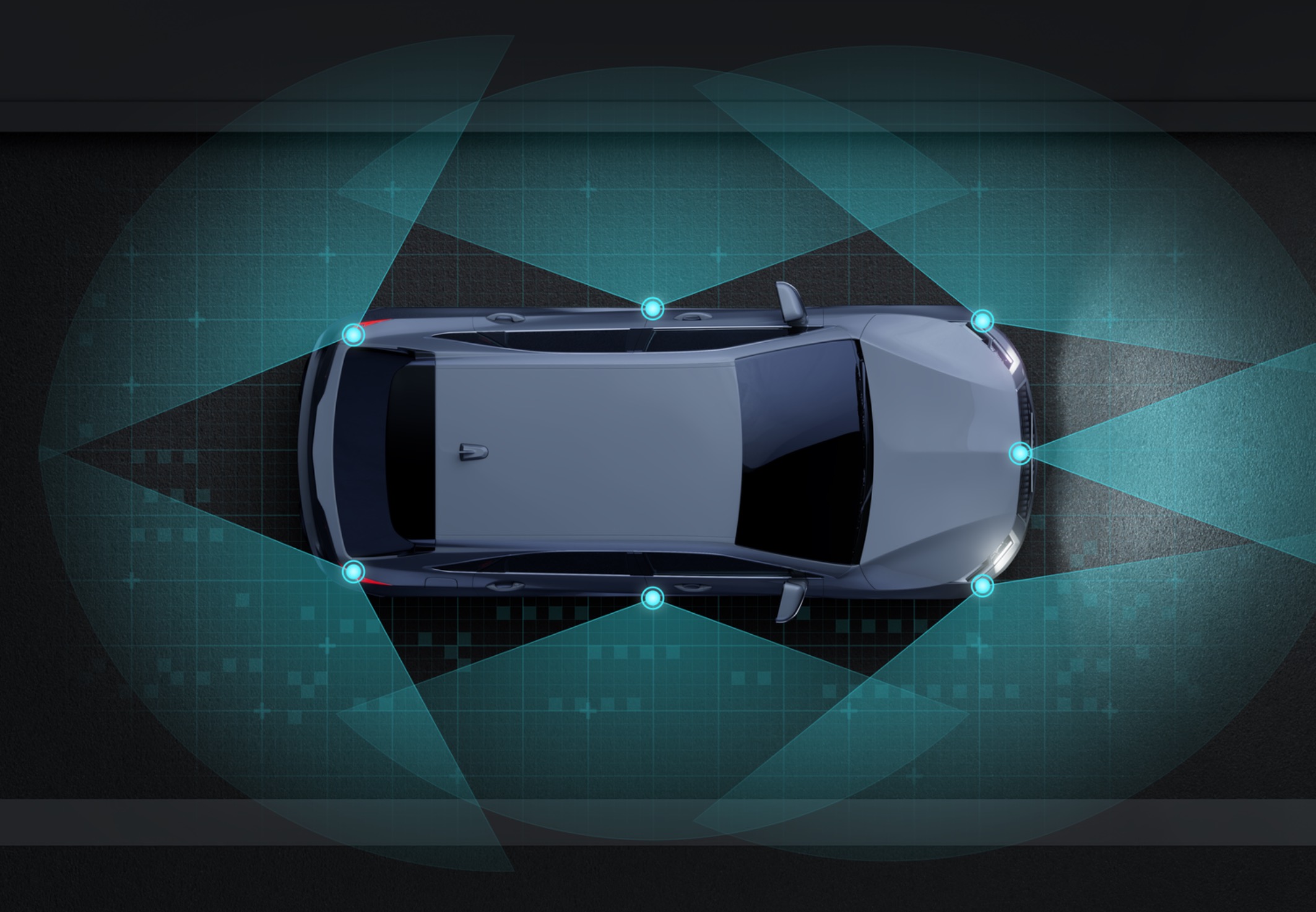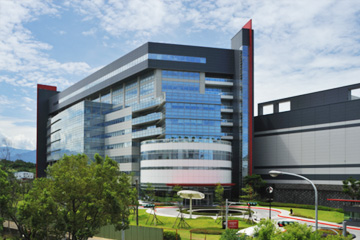
The device offers a scalable platform approach for different sensors including corner, front and short range, along with flexibility for new software-defined-vehicle architectures. This enables 77 GHz automotive radar applications at reduced development costs.
“The increased RF performance is a prerequisite for the successful deployment of dependable assisted and automated driving functions for all SAE levels, up to Level 4,” says Infineon’s Tomas Lucia.
The CTRX8181 is developed according to the latest ISO26262 safety standards and comes with 4 transmit and 4 receive channels.
The device increases the standard module range from 250 to more than 300 metres.
The higher RF-channel count with improved linearity also enables 33% higher vertical or angular resolution to allow a better separation between different objects like pedestrians next to cars.
These features contribute to the development of radar modules for all applications – from corner radar to high-resolution radar.
The in-chip digital phase-locked loop (PLL) allows faster ramps for better range resolution and ultra-fast fly back times, improved by the factor four compared to today’s best solutions.
This new feature reduces power consumption and enables better accurate speed information required to separate objects at similar speeds.
This also allows a completely free configurable ramp without compromising phase noise making the radar robust and reliable in different scenarios. This makes it perfectly prepared for interference robust frequency schemes, like compass method.
The new CTRX product family is best combined with Infineon’s radar specific AURIX MCUs TC3x and upcoming TC4x, both with integrated signal processing units (SPU) and non-volatile memory for on-chip program code storage.
The AURIX chipset and CTRX enable performance for future NCAP and real-world scenarios such as improved reliability for radar function in bad weather conditions.
The system partitioning gives vendors the flexibility to offer traditional solutions with full processing capabilities in the radar but also allows different architectures such as pre-processed data streaming over 100 Mbit/s or 1 Gbit/s Ethernet with minimal effort.
The splitting also allows the selection of appropriate MMIC and microcontroller for target applications to enable easy scaling to support various cost and performance requirements. The connection to the MCU is established via either LVDS or CSI-2 to enable greater flexibility to combine components.
More information is available at www.infineon.com/rasic.







